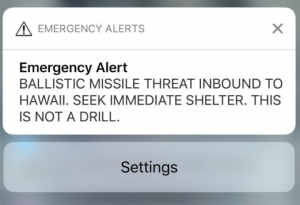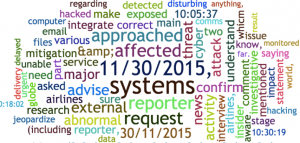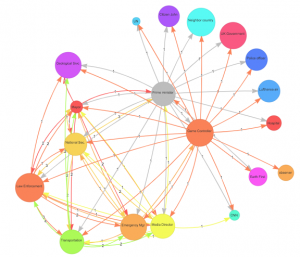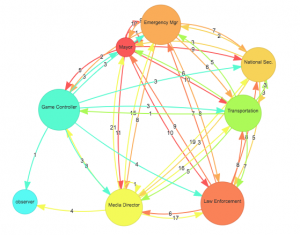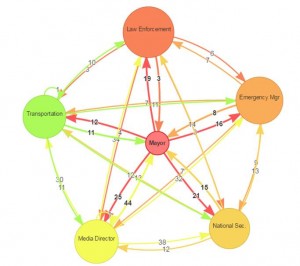We live in a world in which established policies offer some degree of stability in the face of general chaos in our professional, public and private lives. But what actually is a policy, and how does it actually serve us as individuals, employees and organizations?
According to the Merriam-Webster dictionary, a policy is a definite course or method of action selected from among alternatives and in light of given conditions to guide and determine present and future decisions[1].
A policy is more than just a specified course of action adopted for the sake of efficiency, expediency or prudence; it is a mechanism that should facilitate effectual, strategic decision-making.
So why is it that practice so frequently variates from policy? And- perhaps more importantly- should we be critical of those individuals and organizations whose practices stray from their policies? Or should we commend those who are able to operate independently of established doctrines?
A number of factors play into the answers to these questions. More importantly than  either criticizing or commending adherence to policy (or lack thereof), is assessing the underlying causal factors behind such discrepancies.
either criticizing or commending adherence to policy (or lack thereof), is assessing the underlying causal factors behind such discrepancies.
Why was the policy not implemented into practice? Has the employee of the organization failed to understand the intended function of the policy? Could the policy have been ineffective in practice, and therefore have been deliberately circumvented? Or perhaps the overarching organization fosters a culture of independence and therefore curtails the role of policy?
Understanding the root causes of human behavior and motivation in the context of an organizations’ decision-making and operational processes sheds valuable light on the efficacy of organizations’ policies, practices and ethos.
When preparing for a crisis, understanding why people act as they do can be as important as understanding how people act as they do.
[1] https://www.merriam-webster.com/dictionary/policy

